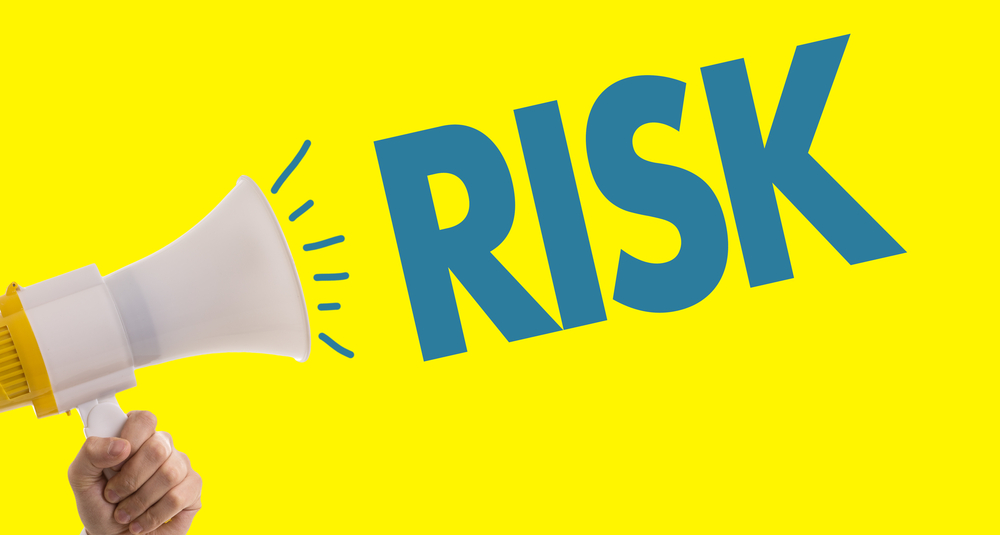Know Your Chances: Understanding Health Statistics – book review
Posted on 16th July 2015 by Eero Teppo

The resource and how to get it
Know Your Chances: Understanding Health Statistics.
Authors: Steven Woloshin, MD, MS, Lisa M. Schwartz, MD, MS, and H. Gilbert Welch, MD, MPH.
You can download/read a pdf-file, or read via browser.
What is this book all about?
This book helps the reader to understand the key basics of health information behind the constant stream of fear- and hope-inducing news, hype and advertisements that we are perhaps all well aware of.
Who is this book for?
Explanation is very down-to-earth and does not assume you to get everything immediately which makes this book digestible for everyone, as aimed by the authors. Very experienced health information users and communicators may find the book too simple. However, this book has lots to teach about good risk communication, an essential skill in evidence-based practice.
How long does it take to read?
There must be enormous variability in reading speed. It’s 120 page book. So, not too long!
And I have some thoughts about this book for you
The content emphasized in this book forms nicely the essential starting point in understanding health information that can be omitted in many introductory medical statistics courses that have a tendency to go straight to the more technical stuff (that many people quickly lose interest to).
I bet if you’d make a test or two to see whether people, even after most of the courses, have the habits of healthy health information skepticism discussed in this book you might get upset. I’m a big fan of medical statistics (and newer fields developing techniques to learn things from data, like machine learning and data mining) but still find myself failing to ask basic questions about claims and numbers of risk, harm and benefit. Gaining solid health information literacy is clearly more about building some simple habits of questioning and quantitative thinking than knowing tons of different statistical tests, study design attributes or measures of association.
The book succeeds in that it gives a simple set of questions or principles, and practice. The authors have done a great job in teaching how to start spotting the problems in health messages, or claims and building the health message that you really want, and how to proceed with all this information. They also discuss the easily misinterpreted changes in survival measures. Readers get their hands dirty in quizzes.
So, if you feel your daily risk of health information misunderstandings is too high at the moment, grab your phone, tablet or computer and take this pretty entertaining and free intervention to build safeguard.
‘Hey, intervention, what’s the evidence?’, you asked? Know Your Chance’s draft version has been tested in two trials (seriously). They are, unsurprisingly, well reported. I’ll leave the interpretation for you!

This work is licensed under a Creative Commons Attribution-NoDerivatives 4.0 International License. All images used within the blog are not available for reuse or republication as they are purchased for Students 4 Best Evidence from shutterstock.com.




No Comments on Know Your Chances: Understanding Health Statistics – book review
I’ll be okay if you skip this and read the review by Iain Chalmers instead :) http://jama.jamanetwork.com/article.aspx?articleid=185249 . (Note to self: Independent evaluation and blind taste testing are cool but checking similar texts before starting is too)
17th July 2015 at 4:16 pm